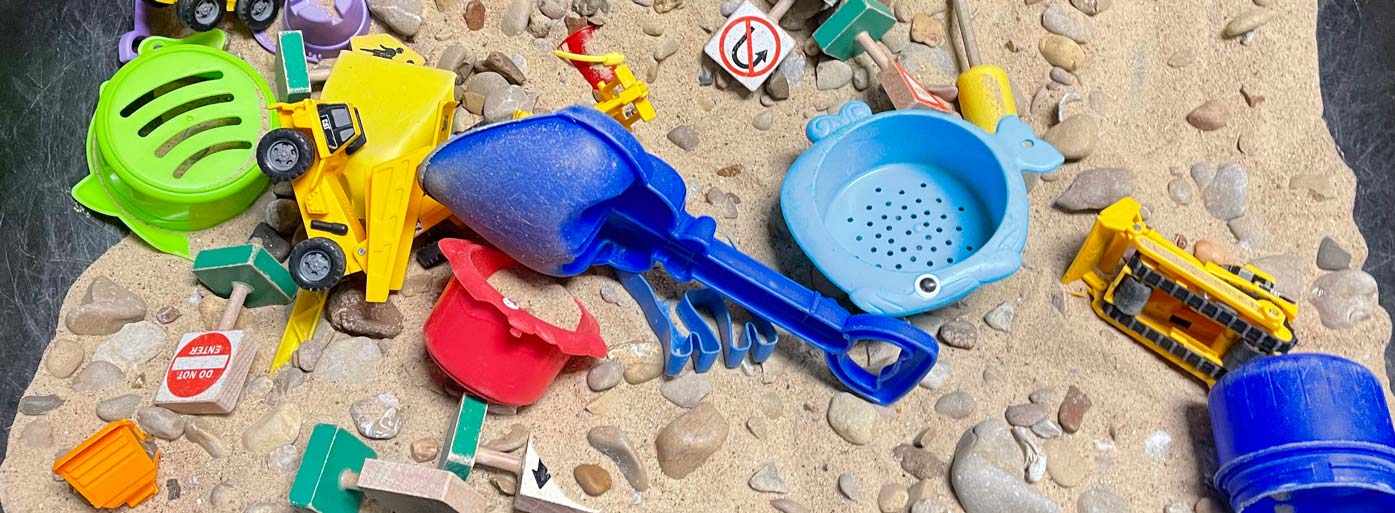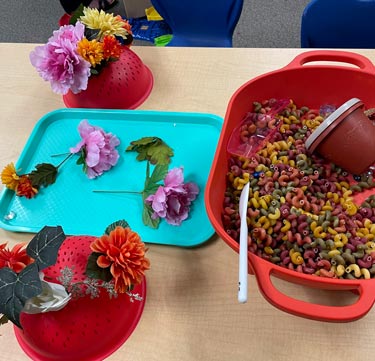Developmentally Appropriate Practices (DAP) in the Prekindergarten Classroom
Developmentally appropriate practices and strategies support a caring community in the prekindergarten (PK) classroom by building partnerships with stakeholders, using assessment to develop learning, and implementing high-quality curriculum to achieve successful outcomes. Demonstrating professionalism as an early childhood educator includes recognizing the strengths of young children by building upon their unique abilities across all domains of development and providing culturally, linguistically, and play-based experiences for every child in the classroom.
Connections to the Texas Prekindergarten Guidelines (TPG)
Ensuring optimal development and successful outcomes in the prekindergarten classroom, requires that the early childhood Texas educator reference the TPG outcomes to drive instructional practices while implementing high-quality prekindergarten locally adopted instructional materials with fidelity. Alignment to developmentally appropriate practices and the TPGs may be expressed as follows:
- Referencing TPG outcomes and child behaviors while activity planning and/or determining lesson plan outcomes for culturally, linguistically, and ability-based experiences.
- Using TPG domains and outcomes to determine play-based opportunities in the environment as aligned with high-quality prekindergarten adopted instructional materials.
- Using a strengths-based approach to elicit interactions and increase engagement that supports a caring community of learners as demonstrated through the TPG.
Connections to Progress Monitoring
As developmentally appropriate practices and strategies are the primary focus of the ECE classroom, opportunities to continuously engage in progress monitoring routines will support instructional practices that ultimately lead to successful outcomes for all students.
- High-quality PK3 and PK4 classrooms continuously reference formative and summative assessments to adjust instructional practices that meet every child’s ability-based needs.
- Texas PK4 classrooms must use a tool from the Commissioner’s list at the beginning-of-year (BOY) and end-of-year (EOY) in the five required domains (Emergent Literacy: Reading, Emergent Literacy: Writing, Mathematics, Language and Communication, Health and Wellness).
- High-quality prekindergarten classrooms in Texas use middle-of-year (MOY) interim assessments and/or adopted instructional material assessment tools to monitor progress in the classroom as part of best practices.
- High-quality prekindergarten programs use research-based early childhood classroom assessment tools and provide coaching to all classroom staff.
- High-quality teachers and paraprofessionals intentionally use play-based opportunities to observe and collect formative data as aligned to the TPG.
- Examples include the use of student portfolios that may consist of anecdotal notes, checklists, and/or individually created student-made products.
- High-quality prekindergarten programs use collaboration with families during the assessment process to determine developmental goals aligned to the TPG.





